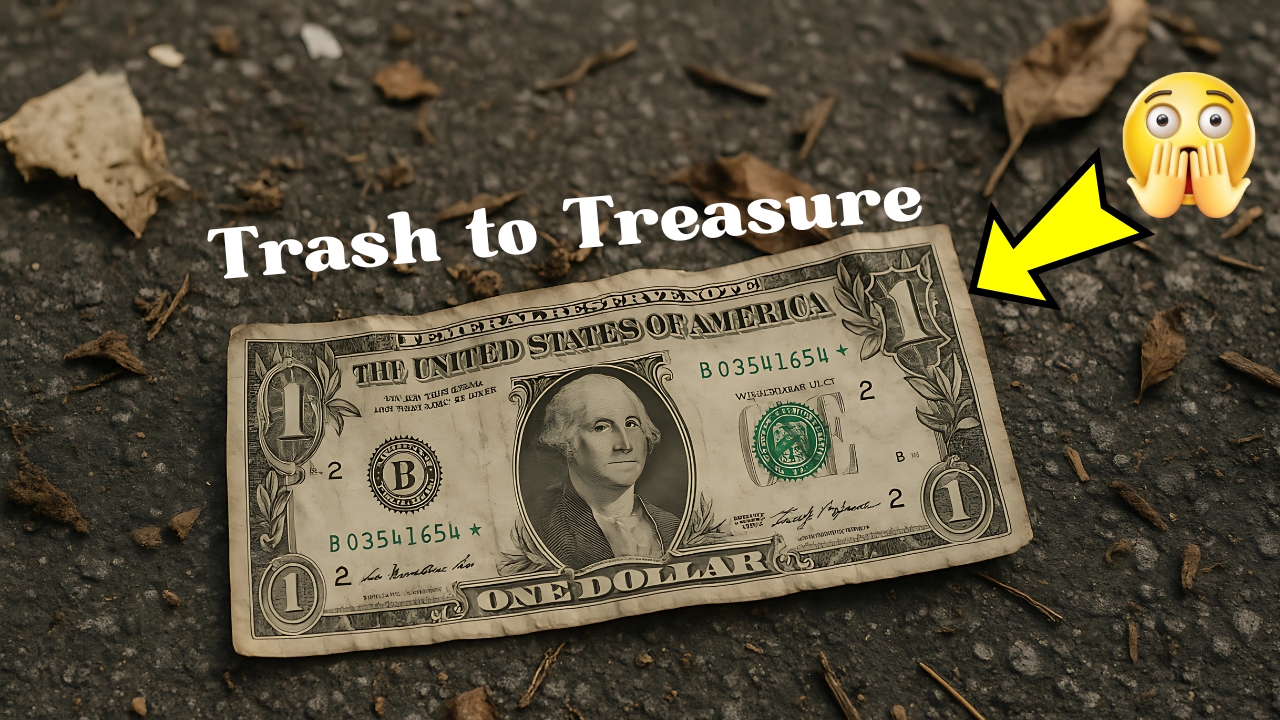Rare $1 Bill Currency printing errors represent some of the most fascinating and valuable collectibles in the numismatic world. When the Bureau of Engraving and Printing produces currency, occasional mistakes occur during the printing process, creating unique specimens that collectors highly prize. Among these errors, offset printing mistakes on dollar bills can command extraordinary prices, with some specimens recently valued at tens of thousands of dollars.
Understanding Offset Printing Errors of Rare $1 Bill
Offset printing errors occur when the printing press malfunctions, causing the design to shift or transfer improperly onto the currency paper. According to the U.S. Treasury, these errors happen when ink from one note transfers to another during the printing process, creating a mirror image or partial design on the blank side of the bill.
Types of Currency Printing Errors
The Bureau of Engraving and Printing identifies several categories of printing errors that can significantly increase a bill’s value:
Offset Transfer Errors: These occur when wet ink from a freshly printed note transfers to the back of another note, creating a reversed image. The intensity and completeness of the transfer directly impact the value.
Misalignment Errors: When the printing plates shift during production, resulting in off-center designs or partial images appearing on the currency.
Ink Smears and Bleeds: Caused by mechanical issues during printing, these create unique patterns that collectors find appealing.
Valuation Factors for Error Currency
Professional currency appraisers consider multiple factors when determining the value of error notes. The Professional Currency Dealers Association emphasizes that rarity, condition, and the severity of the error all play crucial roles in valuation.
Rarity Assessment: The frequency of a particular error type significantly impacts value. Offset printing errors are relatively uncommon, making them more valuable than typical circulation notes.
Condition Grading: Currency grading services use strict standards to evaluate condition, with uncirculated notes commanding premium prices compared to those showing wear.
Error Severity: More dramatic errors typically fetch higher prices. Complete offset transfers are more valuable than partial ones.
Market Values and Recent Sales
| Error Type | Typical Value Range | Recent High Sale | Grading Service |
|---|---|---|---|
| Complete Offset Transfer | $5,000 – $25,000 | $89,000 | PCGS Currency |
| Partial Offset | $1,000 – $8,000 | $15,000 | PMG |
| Misalignment Error | $500 – $5,000 | $12,000 | PCGS Currency |
| Ink Smear | $200 – $2,000 | $3,500 | PMG |
Values based on recent auction results and dealer reports
Authentication and Grading
The American Numismatic Association recommends professional authentication for all high-value error currency. Reputable grading services like PCGS Currency and PMG (Paper Money Guaranty) provide expert evaluation and encapsulation services that protect the note while verifying its authenticity.
Professional Evaluation Process: Certified graders examine the paper, ink, printing quality, and error characteristics using specialized equipment and decades of experience.
Market Confidence: Third-party grading significantly increases buyer confidence and typically results in higher sale prices compared to ungraded specimens.
Investment Considerations
Currency error collecting has gained popularity as an alternative investment strategy. The Federal Reserve estimates that error notes represent less than 0.01% of all currency produced, making them inherently scarce.
Market Trends
Recent market analysis shows steady appreciation in high-grade error currency values. Auction houses report increased interest from both traditional collectors and investment-focused buyers seeking tangible assets.
Long-term Performance: Historical data indicates that rare currency errors have outperformed many traditional investments over the past two decades.
Liquidity Considerations: While high-value error notes can be illiquid, established auction houses and dealer networks provide exit strategies for serious collectors.
Collecting Best Practices
Successful currency error collecting requires knowledge, patience, and proper storage techniques. The Library of Congress preservation guidelines recommend specific storage methods to maintain currency condition over time.
Storage and Preservation
Environmental Control: Maintain stable temperature and humidity levels to prevent deterioration of the paper and ink.
Protective Housing: Use archival-quality holders designed specifically for currency to prevent damage from handling and environmental factors.
Documentation: Maintain detailed records of acquisition, provenance, and any professional evaluations or certifications.
Frequently Asked Questions
Q: How can I tell if my dollar bill has a valuable printing error?
A: Look for ink transfers on blank areas, misaligned designs, or unusual markings. Professional evaluation is recommended for potential high-value errors.
Q: Where should I sell an error currency note?
A: Consider reputable auction houses, certified dealers, or specialized currency shows. Professional grading often increases sale value.
Q: Are all printing errors valuable?
A: No, minor errors or common mistakes may have little premium value. Dramatic, rare errors command the highest prices.
